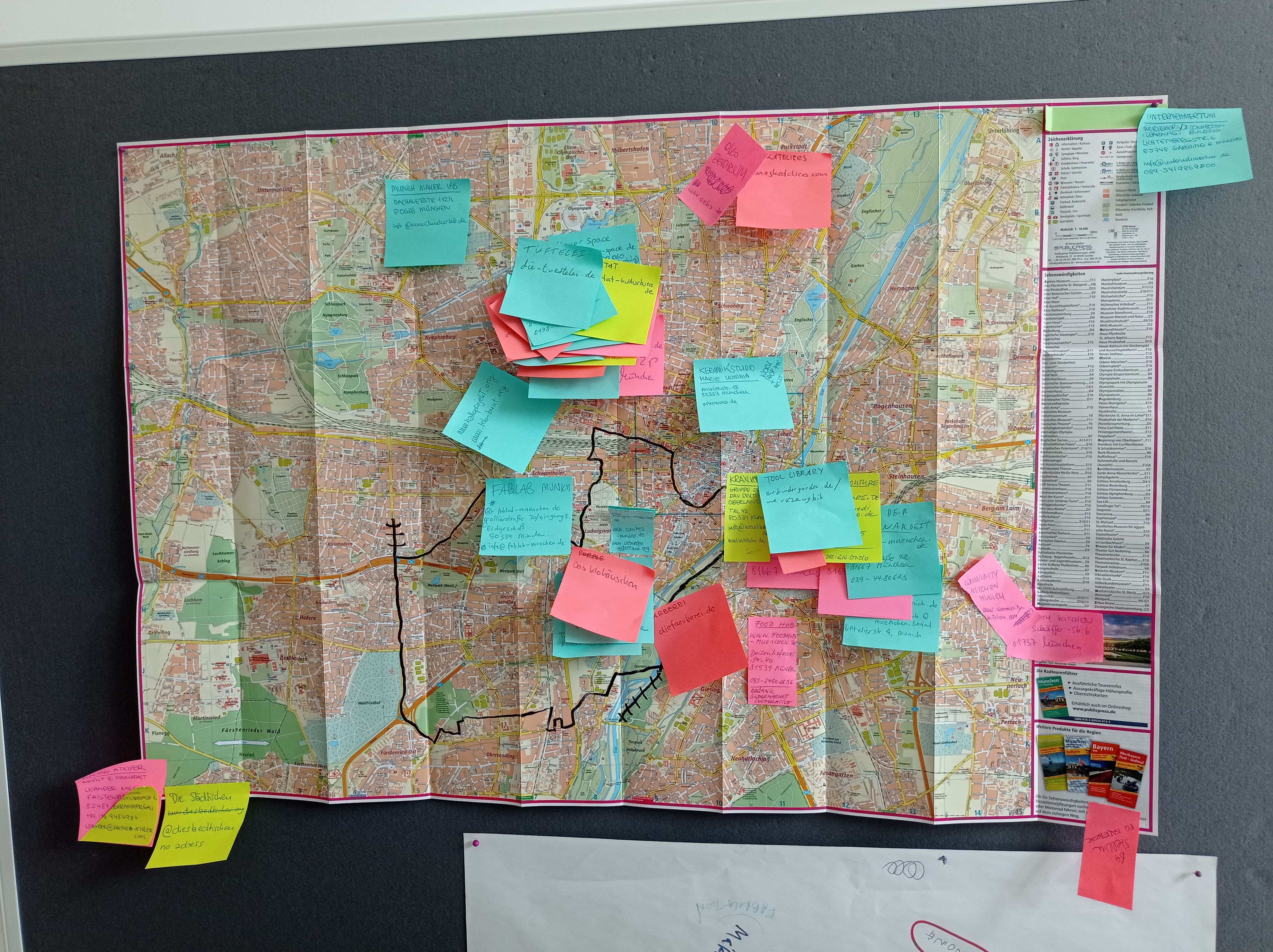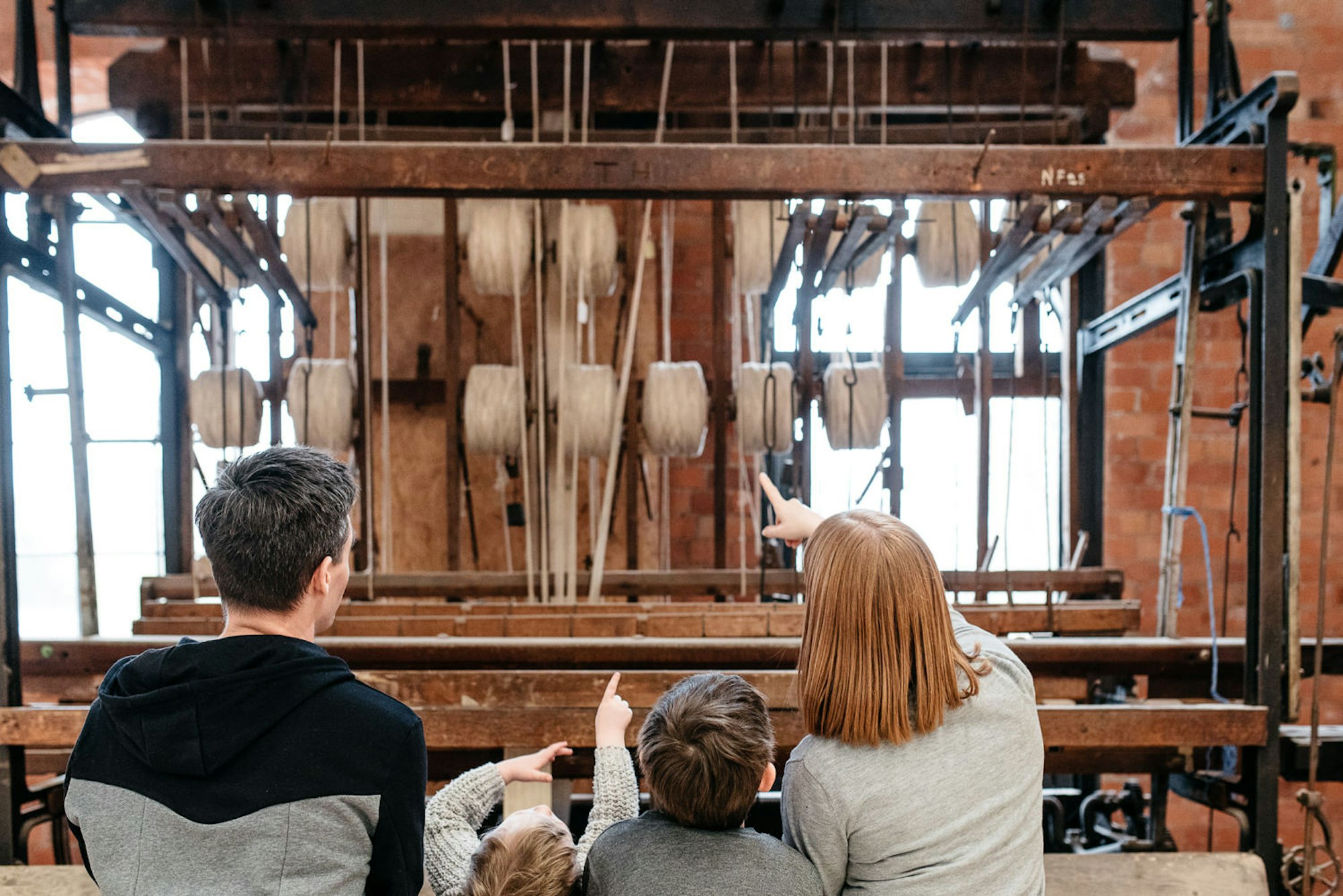Introducing Make Works Birmingham!

This week we're launching something that's been in the works for a long time. Make Works Birmingham – the first region to join our new open Make Works platform.
Make Works Birmingham is run by Workshop Birmingham, headed by artists Ruth Claxton and Sean O'Keefe.
Make Works Birmingham have spent the past six months researching and building relationships with manufacturers in the city. They have launched with their first twelve listings from across Birmingham. They include everything from 3D scanning to metal suppliers, printing presses and neon fabricators. Amazing! Check out the listings on Make Works Birmingham here
If you are based in and around Birmingham and would like to see yourself listed read our listing criteria here and sign up here. The Make Works Birmingham team will be in touch.
So without further ado – introducing Ruth and Sean from Make Works Birmingham

1. What made you want to start up a Make Works in Birmingham?
So firstly it’s because we have always been interested in making - we met twenty years ago when we were both technicians at the School of Art and have always been really into materials, processes, machines and how things are made. Practicing as artists and working in different roles in education and the arts since then means that between us we have developed a wide knowledge of suppliers, manufacturers and processes in the city. Increasingly we noticed artists who were newer to Birmingham were struggling to locate this kind of information and, after Ruth spent a week knocking on doors in Digbeth for ‘Trade Show’ at Eastside Projects, we also knew there were all kinds of hidden gems waiting to be discovered.

At some point this turned into a conversation about making ‘who makes what where’ more visible, collecting, collating and publishing information in one place and building ways to connect artists, makers and designers with expertise, knowledge and skills in other sectors, including manufacturing. So that was where Workshop Birmingham came into being … a great idea we thought … then we came across Make Works after Ruth met Fi when she was on a residency at Cove Park and boom… we thought that’s awesome, lets not reinvent the wheel, let’s see if we can work together.
2. What’s the manufacturing scene like in Birmingham?
Not sure there is much of a manufacturing ‘scene’ as such, or if there is we’re not in it yet! There is a long history of manufacturing in the city evidenced by things like ‘Bissets Poetic Survey Round Birmingham And Magnificent Directory’ which lists the most eminent manufacturers of the early 19th Century and the Soho Manufactory, which was set up by Mathew Boulton and pioneered mass production and assembly lines.

As with most of the British economy, manufacturing in Birmingham has declined since the 1970s as the city’s economy has diversified into service industries, retailing and tourism. However, it is still very present with industry spread throughout the city – for example there is a bell foundry behind Matalan and John Keatley’s non-ferrous metal stockholder is 5 minutes walk from the business district! Really phenomenal specialist processes, equipment and expertise is still here, operating on different scales from the tiny workshops of the Jewellery Quarter to the huge engineering firms who supply the automotive industry. For us the interesting question is how do you unlock all of this and make it more accessible to artists, designers and makers. How do you create the structures that make making in the city easier and how do you start conversations with manufacturers that allow sustainable new models of local and redistributed manufacturing to be developed.
3. We know you love a factory tour as much as we do. What’s the most surprising factory that you’ve ever visited?
Well, there are a few. City Neon is quite an incredible place - we hadn’t really understood the incredible craft involved in this process before we went to visit, and we came away from Central Scanning with our minds blown by the potential 3D scanning offers for creative work. And there are a couple of places who we haven’t been able to film yet - Poole and Sons in Digbeth who hand-make brass and stainless steel scoops in Digbeth and Latch and Batchelor who have been manufacturing wire rope from their site in Hay Mills since 1884. The joy of this project is that you are learning new things with every visit – no one ever makes things the same way and there is always something that you haven’t seen before whether its a process, a way to treat a particular material or a neat little adhoc solution to a practical problem.

4. As well as running these projects, you’re also both practising artists. Tell us about your practice (and how on earth you manage to do it at the same time as everything else!)
It would be fair to say it's sometimes a challenge.
Sean has been interested for a long time in hybrid processes and was torn when studying art meant that he had to put his music interests aside…or so he thought until he realized that it might be possible to fuse the two together. For him having collaborators with cross disciplinary interests is crucial to understanding other ways to think about and make work, and this project feeds into his interest in seeing how other people think and use their skills to push what is possible. So he’s always looking for the Fred Frith of glass blowing or the Gazelle Twin of 3D printing.
Ruth has come to think of her practice in an expanded sense, which involves making ‘things’ on different scales - so sometimes she makes gallery based installations, public art works or sculpture, sometimes she curates exhibitions (like Sculpture Show, Birmingham Show or Production Show) and sometimes she makes infrastructure or spaces (like Eastside Projects and ESP, the Birmingham Art Map or the Birmingham Production Space). Whatever form this takes she approaches it from the position of an artist - everything is material, you just use it in different ways.

5. What’s your vision for the future of manufacturing?
This extract from an exhibition review by Melissa Dittmer sums it up. She says:
“…the modern post-industrial urban factory should be neither vertical nor horizontal, nor does it have to be confined to a single building or campus. Offering greater benefit, this (un)vertical urban factory would be a multi-scalar matrix that weaves architecturally, spatially, economically, and socially throughout the city, linking production facilities to neighborhood amenities. Pulling attributes from social-networking and new communication media, the post-industrial paradigm could be an urban design constellation of interdisciplinary facilities, linking design, supply chain, production, and consumers to the urban context, while providing opportunities for cultural and civic interaction. The (un)vertical urban factory would defray short-term profit in favor of long-term investment in the physical and social infrastructure of the city and region, leading to long-term economic health.”
We would love to see more Make Works popping up all over the UK and beyond. If you've been inspired by Ruth and Sean's story and think you might be up for the challenge you can find out more about what it takes to start a region here.
WORDS
Jessica GuyMarch 15, 2016
Categories
Article
Related stories
Why Make Work Locally
Alan Moore and Ten30 Fashion
Tips for Manufacturing in Scotland
A Life in Lace
In the Belly of the Beast: my one year manufacturing for Coca Cola



